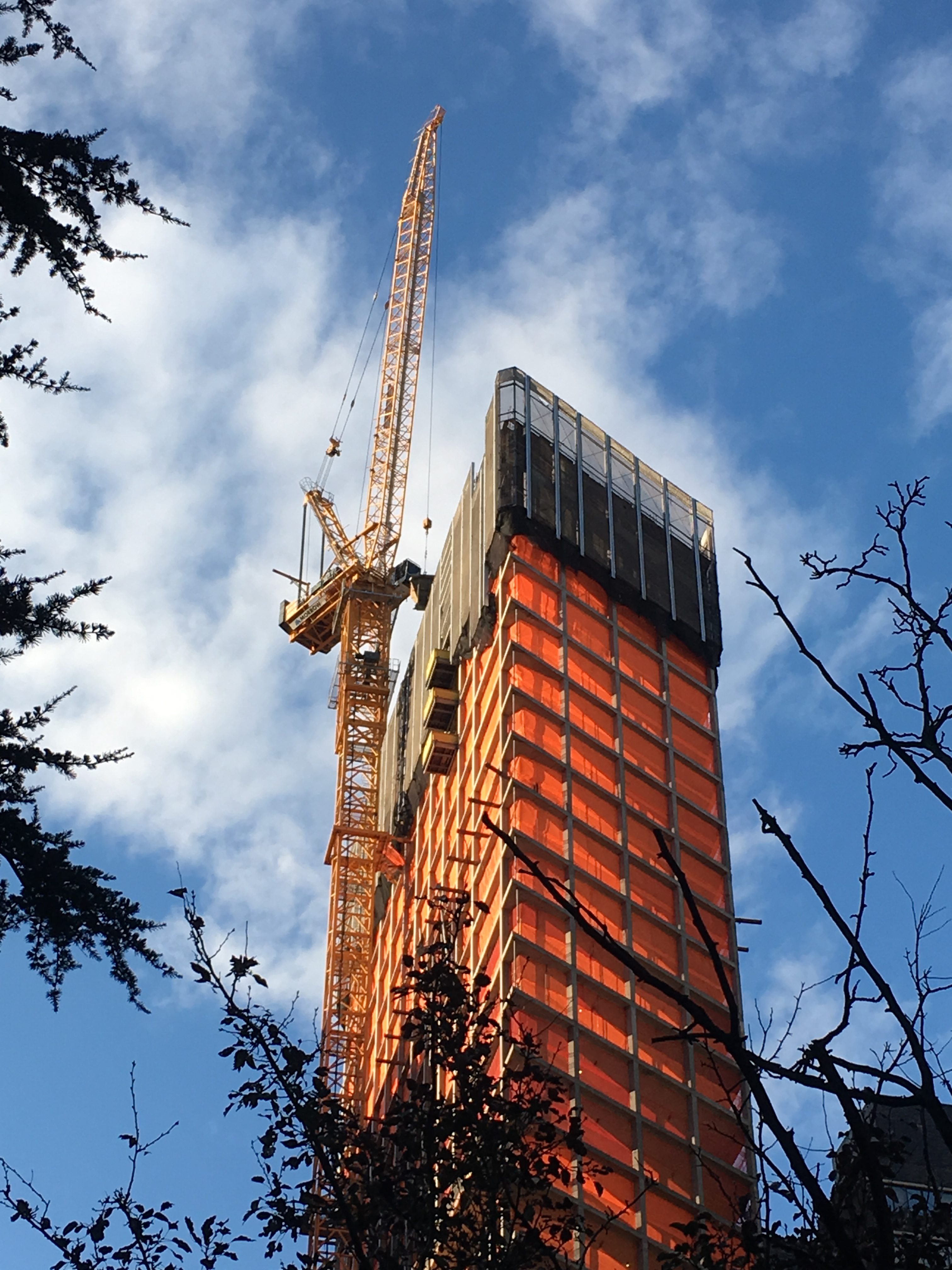The National Safety Stand-Down to Prevent Falls in the Construction Industry kicks off Today
 Falls are the main cause of deaths in the construction industry. Each year more than 200 hard hats die and more than 10,000 are seriously injured in fall accidents. The National Safety Stand Down Week aims at reducing falls from scaffolds, ladders and roofs by encouraging contractors and anyone working in the construction industry to take 3 simple but efficient measures that can prevent these fall accidents.
Falls are the main cause of deaths in the construction industry. Each year more than 200 hard hats die and more than 10,000 are seriously injured in fall accidents. The National Safety Stand Down Week aims at reducing falls from scaffolds, ladders and roofs by encouraging contractors and anyone working in the construction industry to take 3 simple but efficient measures that can prevent these fall accidents.
Many accidents can be prevented
- by planning ahead how to execute the task safely
- by providing construction workers with the appropriate safety equipment
- by training workers
For the fifth consecutive year, OSHA in partnership with the The Center for Construction Research and Training, the National Roofing Contractors Associations and several other construction related organizations are kicking off a one week safety campaign to prevent deadly falls in the construction industry. During this entire week, OSHA invites employers in the construction industry to take a break and organize activities with their employees to increase awareness about fall accidents and how to prevent them.
Among Monday’s events, a free one-hour webinar presented by Tom Shanahan and Rich Trewyn from the National Roofing Contractors Association will explain how to use a job hazard analysis (JHA) along with other pre-job resources and activities during the job and after it is complete.
Small contractors in residential construction are especially encouraged to stand-down with their employees and discuss fall safety. In 2016, 61% of the 370 construction workers who died in a fall were working for a small contractor employing between 1 and 10 people. Fall fatalities in residential construction went from 26 in 2011 to 61 in 2015.
Hispanic workers are at a high risk of dying in a fall accident. The number of Hispanics workers dying in such circumstances increased 28.3% from 2014 to 2015. Roofers are the most at risk. Falls from roofs represent 31% of all fall deaths, falls from ladder 24% and falls from scaffolding 15%.
Employers must protect their employees when they are working at heights of 6 feet or more. Protection equipment include Personal Fall Arrest System, Safety Net Systems and Guardrail Systems. Statistics indicate that still Today 70% of workers in residential roofing, sheet metal construction and siding still don’t have access to PFAS. Half of those who died in the past didn’t have access to this equipment.
Skylights and holes are extremely dangerous for construction workers. 165 of them died between 2011 and 2016 after falling in one of them. Workers should never sit, step, or lean against a skylight. Holes need to be guarded or securely covered.
Falls from equipment are also quite common in the construction industry. They can often be prevented by:
- using the parking brake to prevent the vehicle to move
- make sure both feet and at least one hand are in contact with the equipment
- wear proper shoes
- avoid to carry material when climbing on and off
- keep steps and hands clean from mud, snow, or other grease or fluids
- not jumping off the equipment
Workers should always protect their ears from noise. One out of 4 construction workers suffers from hearing loss. Workers suffering from hearing loss have a 3 times higher risk to fall than employers with good hearing capacities.
Aerial lifts are useful but they need to be used proprely. Workers still need to use proper fall protection when in the lift. Aerial lifts can tip over if not proprely installed. Uneven ground such as potholes, bumps, debris can all cause a lift to tip over. Workers should also make sure that the doors are proprely closed and the guardrails are proprely installed. Load limits shouldn’t be exceeded and contact with overhead hazards should be prevented.
 New York Personal Injury Attorneys Blog
New York Personal Injury Attorneys Blog


